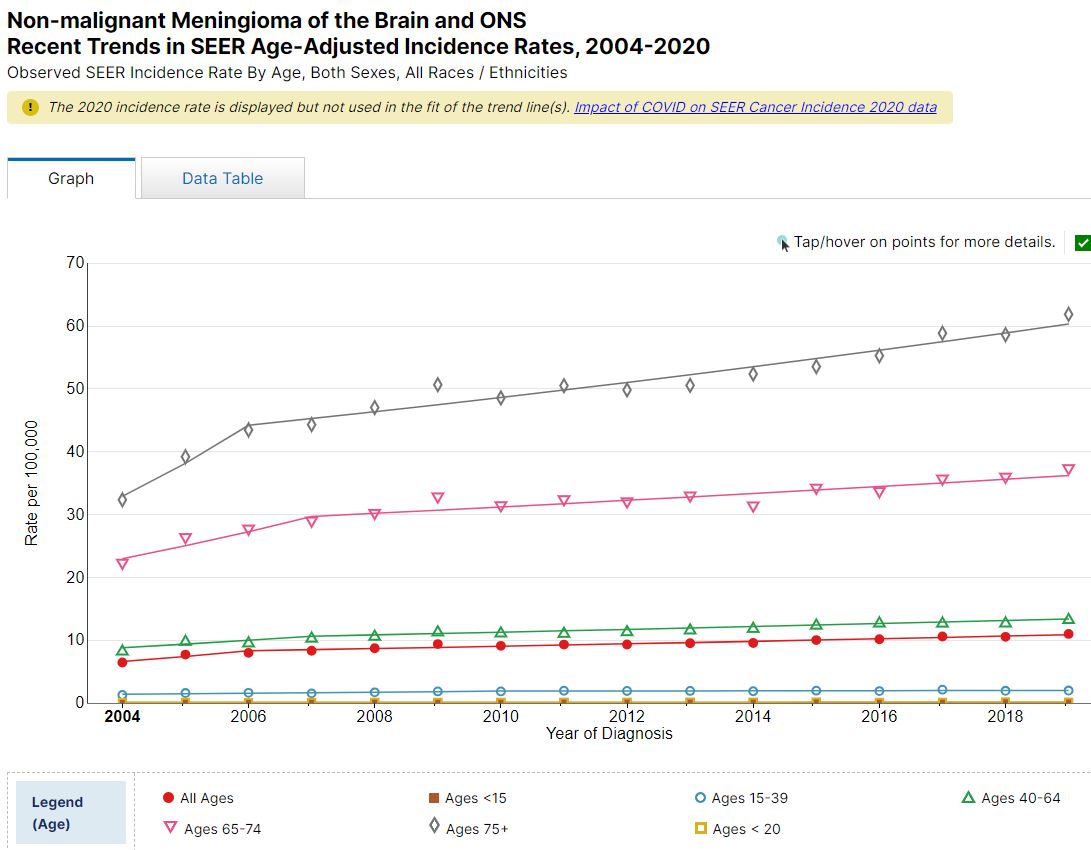Brain Tumor Rates Are Rising in the USA: The Role of Cell Phone & Cordless Phone Radiation
Whereas the size of the population in the U.S. increased 16% between 2000 and 2019, the number of cases reported in the National Cancer Institute’s SEER 22 registry for these four tumors had a greater increase: a 53% increase for glioblastoma, 124% for non-malignant meningioma, 52% for salivary gland cancer, and 132% for thyroid cancer.

The information provided by Joel M. Moskowitz, Ph.D., Director of the Center for Family and Community Health at the School of Public Health, University of California, Berkeley, highlights a concerning trend in the United States regarding the incidence of head and neck tumors associated with cell phone use. According to data from the National Cancer Institute’s SEER 22 registry, which covers 48% of the U.S. population, there has been a significant increase in the age-adjusted incidence rates of four specific tumors since the year 2000. These tumors include glioblastoma, non-malignant meningioma, salivary gland cancer, and thyroid cancer.
The observed increases in tumor incidence rates surpass the population growth rate in the U.S. during the same period, suggesting that factors beyond demographic shifts are contributing to these trends. Specifically, the chronic effects of mobile phone use are believed to be a contributing factor.
Key points from the provided data include:
- Glioblastoma: Despite a general decrease in all brain and nervous system cancer incidence rates, glioblastoma incidence has significantly increased, particularly among certain age groups. This tumor is notably aggressive, with a median survival rate of just 8 months.
- Nonmalignant Meningioma: This has become the most common brain tumor in the U.S., with a substantial increase in incidence since it began being reported in 2004. The increase is notable even among individuals younger than 20 years of age.
- Thyroid Cancer: The incidence rate of thyroid cancer has seen a significant rise, with a particularly sharp increase among the youth.
- Salivary Gland Cancer: There has been a modest yet significant overall increase in the incidence of salivary gland cancer.
These findings underscore the importance of continued research into the health effects of cell phone use, especially as these devices become ever more integral to daily life. The data also highlight the need for awareness and potentially reevaluated guidelines for mobile phone use, considering the possible long-term health implications.